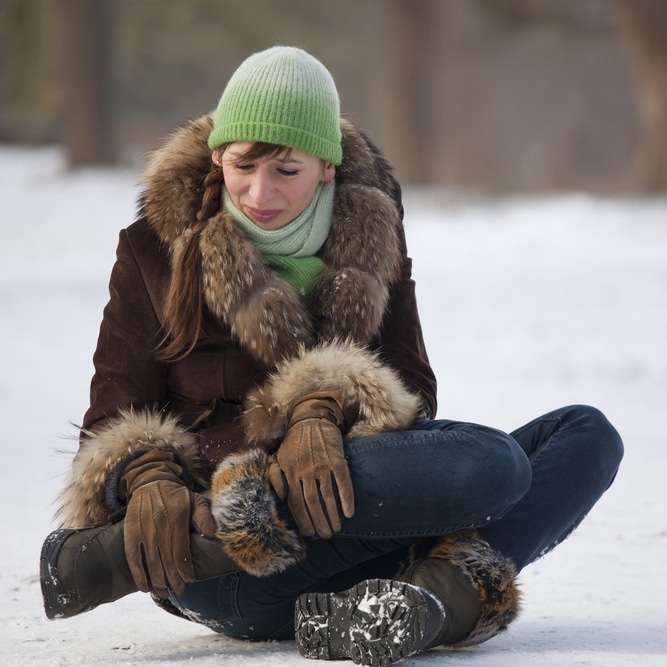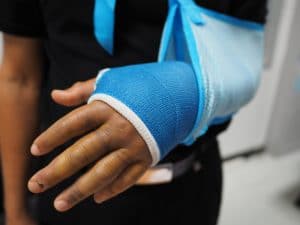
It’s now officially winter, which means freezing temperatures are due. Because of the winter weather, even the simplest of things can now become a hazard, such as a simple walk on a pavement.
During this time, we see more injuries relating to the wintery weather, especially if you are elderly or suffering from conditions, such as osteoarthritis or osteoporosis. We see more sprains and strains, as well as fractures – it’s a busy time of year for us.
Preventing an Injury
Like all health issues, prevention is better than a cure – so it is best to be prepared for an injury during the winter weather. Ice and snow are the biggest cause for concern, due to the increased slip risk on any surface. To reduce the risk of a slip, follow these rules:
- You can prevent ice and snow from falling by using salt on the walkways at outside your home. This is certainly the cheapest way to ensure your pavement is safe.
- Having adequate footwear will also reduce the risk of a slip. Buy shoes that have rubber soles, large treat and raised pattern to ensure you have the most grip possible. Alongside this, always ensure that your shoes are waterproof.
- Plan for extra time for journeys so you aren’t rushing.
- Take shorter strides and look at your next step should be. In particularly icy areas, you may want to shuffle instead of walking to keep balanced.
Every Misstep
Even after you have taken all the possible precautions, the most prepared of us may still fall and possibly become injured. The most common injuries are:
Ankle sprains: If you slip on ice, it can make you roll your ankle, applying a large amount of pressure to the edges of your foot, twisting it beyond its normal motions. This injures one or more ligaments that support the joint.
Wrist Sprain: If you happen to slip, you may put your hands out to soften your impact. However, by doing this, you could apply a large amount of pressure to the joint in your wrist and twist it beyond its normal capabilities.
Fractures of the ankle and wrist: This occurs due to the pressure of an impact that causes the bone to break. There are many different types of fractures, but they all have similar symptoms – including swelling, deformation of the area, pain in the area when moved or pressure is applied or, in severe cases, the bone has penetrated the skin.
Treatments for Common Injuries
Good news is that most sprains and strains do not require attention. Using PRICE therapy for a few days will return the sprain to normal. PRICE therapy is an acronym for Protect, Rest, Ice (funnily enough), Compression and Elevation. Also, using NSAID painkillers, such as ibuprofen, should help reduce inflammation and help with the pain.
If you still have pain or cannot apply pressure to the area at all, you should seek medical attention. If you think you have a fracture you should seek medical attention immediately.
For more orthopaedic information, follow London Bridge Orthopaedic on Twitter, Facebook and LinkedIn.









